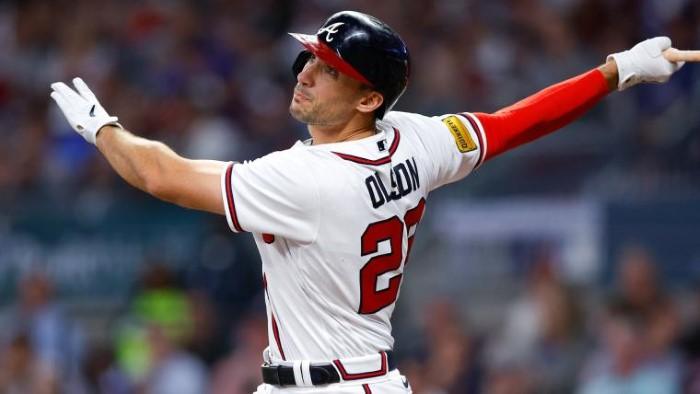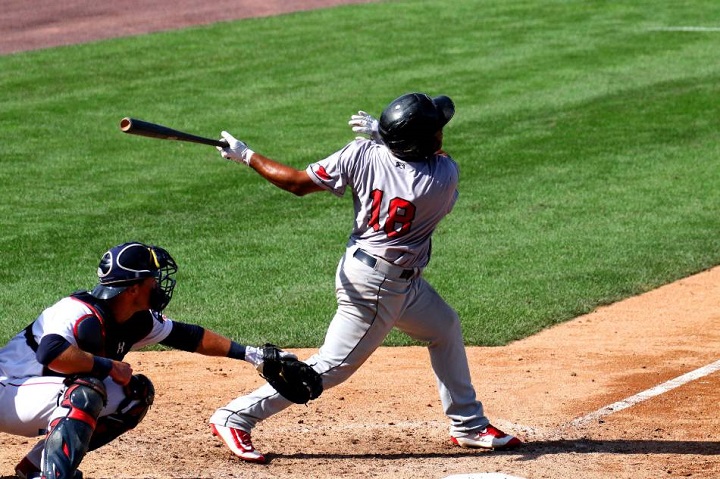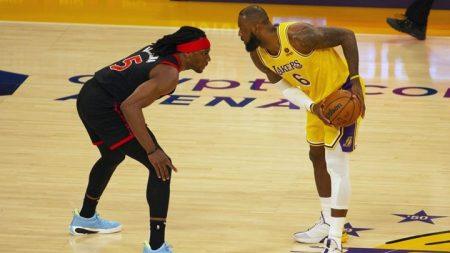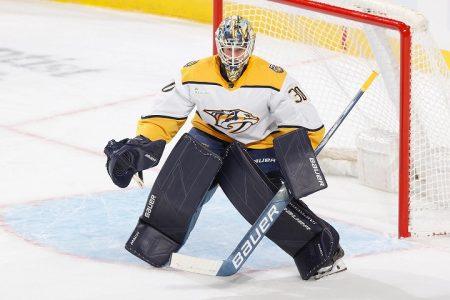Understanding the Basics: What is OPS?

OPS is a sabermetric statistic that combines two key aspects of offensive performance: a player’s ability to get on base and their power-hitting capabilities. By bringing these two metrics together, OPS provides a holistic view of a player’s offensive contributions, making it a valuable tool for analysts, scouts, and fans alike.
The Components of OPS
OPS is calculated using two main components:
- On-base Percentage (OBP): This measures how often a player reaches base through hits, walks, and hit-by-pitches, compared to their total plate appearances.
- Slugging Percentage (SLG): This gauges a player’s power by calculating the total number of bases a player records per at-bat. It takes into account the value of each hit (for example, a single is worth one base, a double two bases, etc.).
The Formula for OPS
To calculate OPS, simply add OBP and SLG:
OPS=OBP+SLG\text{OPS} = \text{OBP} + \text{SLG}OPS=OBP+SLGThis formula provides a single number that reflects a player’s overall offensive ability.
The Importance of OPS in Baseball
OPS is crucial for several reasons, particularly in the modern game where analytics play an increasingly pivotal role in player evaluation.
Comprehensive Evaluation
OPS allows teams to assess a player’s overall contribution at the plate, rather than relying on isolated metrics like batting average. This comprehensive view helps in making informed decisions about player contracts, trades, and lineup positions.
Comparison Tool
OPS serves as an excellent comparison tool among players, helping analysts, scouts, and fans gauge a player’s performance against others in their position or across the league. A higher OPS indicates a better offensive player, which can be especially useful when comparing players from different eras or teams.
Trend Analysis
By tracking a player’s OPS over time, teams can identify trends that may indicate improvement or decline. This analysis can aid in strategizing for games and in player development.
Calculating OPS: A Step-by-Step Guide
Let’s break down the calculation of OPS into simpler steps for clarity.
Calculate On-base Percentage (OBP)
The formula for OBP is:
OBP=Hits+Walks+Hit-by-PitchAt-bats+Walks+Hit-by-Pitch+Sacrifice Flies\text{OBP} = \frac{\text{Hits} + \text{Walks} + \text{Hit-by-Pitch}}{\text{At-bats} + \text{Walks} + \text{Hit-by-Pitch} + \text{Sacrifice Flies}}OBP=At-bats+Walks+Hit-by-Pitch+Sacrifice FliesHits+Walks+Hit-by-Pitch
Calculate Slugging Percentage (SLG)
The formula for SLG is:
SLG=Total BasesAt-bats\text{SLG} = \frac{\text{Total Bases}}{\text{At-bats}}SLG=At-batsTotal BasesWhere total bases are calculated as follows:
- Singles = 1 base
- Doubles = 2 bases
- Triples = 3 bases
- Home Runs = 4 bases
Combine OBP and SLG to Find OPS
Once you have both OBP and SLG, add them together to get the OPS.
Example Calculation
Let’s say a player has the following stats in a season:
- Hits: 150
- Walks: 50
- Hit-by-Pitch: 5
- At-bats: 500
- Sacrifice Flies: 10
- Doubles: 30
- Triples: 5
- Home Runs: 20
- Calculate OBP:
OBP=150+50+5500+50+5+10=205565≈0.363\text{OBP} = \frac{150 + 50 + 5}{500 + 50 + 5 + 10} = \frac{205}{565} \approx 0.363OBP=500+50+5+10150+50+5=565205≈0.363
- Calculate SLG:
- Total Bases = (150 singles) + (30 doubles x 2) + (5 triples x 3) + (20 home runs x 4) = 150 + 60 + 15 + 80 = 305
SLG=305500=0.610\text{SLG} = \frac{305}{500} = 0.610SLG=500305=0.610
- Calculate OPS:
OPS=0.363+0.610≈0.973\text{OPS} = 0.363 + 0.610 \approx 0.973OPS=0.363+0.610≈0.973
Thus, this player has an OPS of 0.973, indicating a strong offensive performance.
OPS vs. Other Metrics

OPS is one of many metrics available for analyzing a player’s offensive performance. Here, we’ll compare it with a few other key statistics.
OPS vs. Batting Average (BA)
While batting average (BA) measures how often a player gets a hit, it does not account for the value of each hit. For example, a player can have a high batting average but little power. OPS combines both on-base and slugging performance, providing a more comprehensive view of a player’s contribution.
OPS vs. On-base Percentage (OBP)
OBP is focused solely on a player’s ability to reach base. While this is important, it does not take into account the power aspect of hitting. OPS captures both elements, making it a more rounded statistic for evaluating offensive production.
OPS vs. Slugging Percentage (SLG)
Similar to OBP, SLG focuses on a single aspect of hitting—power. A player may have a high SLG due to a few home runs but a low OBP. OPS integrates both metrics, offering a clearer picture of a player’s overall offensive capabilities.
OPS in Context: The Evolution of Baseball Analytics
The use of OPS has grown significantly alongside the rise of advanced analytics in baseball. Teams now utilize OPS, along with other metrics, to build competitive rosters and develop strategies. This evolution reflects a broader trend in sports, where data analysis plays an increasingly vital role in decision-making.
Historical Perspective
Historically, baseball statistics focused heavily on traditional metrics like batting average and runs batted in (RBIs). However, as teams began to realize the limitations of these statistics, the focus shifted to more nuanced metrics like OPS. This shift gained momentum in the early 2000s, largely influenced by the success of teams like the Oakland Athletics, who leveraged sabermetrics to compete with larger-market teams.
The Role of Technology
With the advent of technology, teams now have access to a wealth of data that extends beyond traditional statistics. Tracking systems like Statcast provide real-time data on player movements, pitch speeds, and batted ball trajectories. This data can enhance the understanding of OPS and its components, allowing teams to make even more informed decisions.
OPS and Player Evaluation
OPS has become a cornerstone in evaluating player performance, influencing decisions in contract negotiations, trades, and lineup constructions. Teams often prioritize players with high OPS when making roster decisions.
Contract Negotiations
Players with high OPS figures typically command higher salaries in free agency. OPS serves as a powerful negotiating tool for agents, emphasizing a player’s offensive contributions and overall value to a team.
Trades and Acquisitions
In trades, teams often seek players with strong OPS numbers to bolster their lineups. A high OPS can indicate a player’s potential to impact games positively, making them desirable assets in trade discussions.
Lineup Construction
Managers often consider OPS when constructing their lineups, placing players with higher OPS in prime batting order spots. A higher OPS typically correlates with greater run production, which is crucial for winning games.
Limitations of OPS
While OPS is a valuable tool, it does have limitations that analysts and teams must consider.
Context-Dependent
OPS does not account for context, such as the game situation, the strength of opposing pitchers, or ballpark factors. A player may have a high OPS in a hitter-friendly ballpark but struggle in a more challenging environment.
Lack of Defensive Metrics
OPS focuses solely on offensive performance, ignoring a player’s defensive contributions. A player may have a high OPS but be a liability in the field, which can impact overall team performance.
Overemphasis on Power
By combining on-base percentage and slugging percentage, OPS may overemphasize power-hitting at the expense of players who excel at getting on base but lack power.
The Future of OPS in Baseball
OPS has solidified its place as a fundamental statistic in baseball analysis, offering a comprehensive view of a player’s offensive capabilities. As the game continues to evolve with technology and data analytics, OPS will likely remain a crucial component in evaluating player performance. However, it’s essential for teams, analysts, and fans to consider OPS in the broader context of a player’s complete skill set.
With the increasing emphasis on advanced metrics, OPS serves as a bridge between traditional statistics and modern analytics, helping to shape the future of player evaluation in baseball. As new metrics and technologies emerge, the game will continue to adapt, and OPS will play a vital role in understanding and appreciating the complexities of baseball performance.







